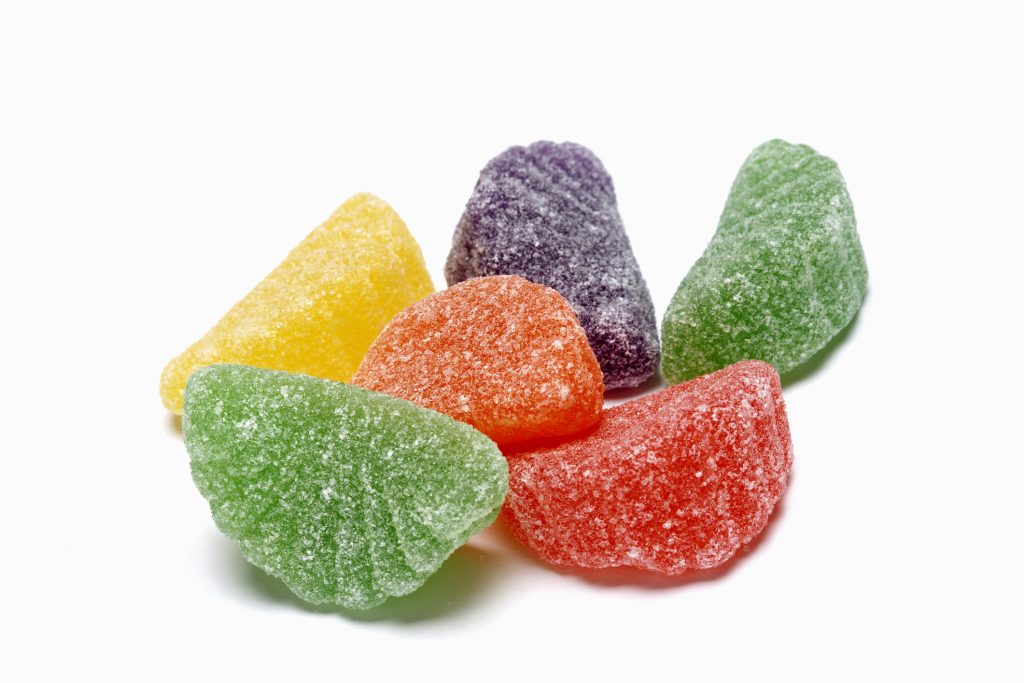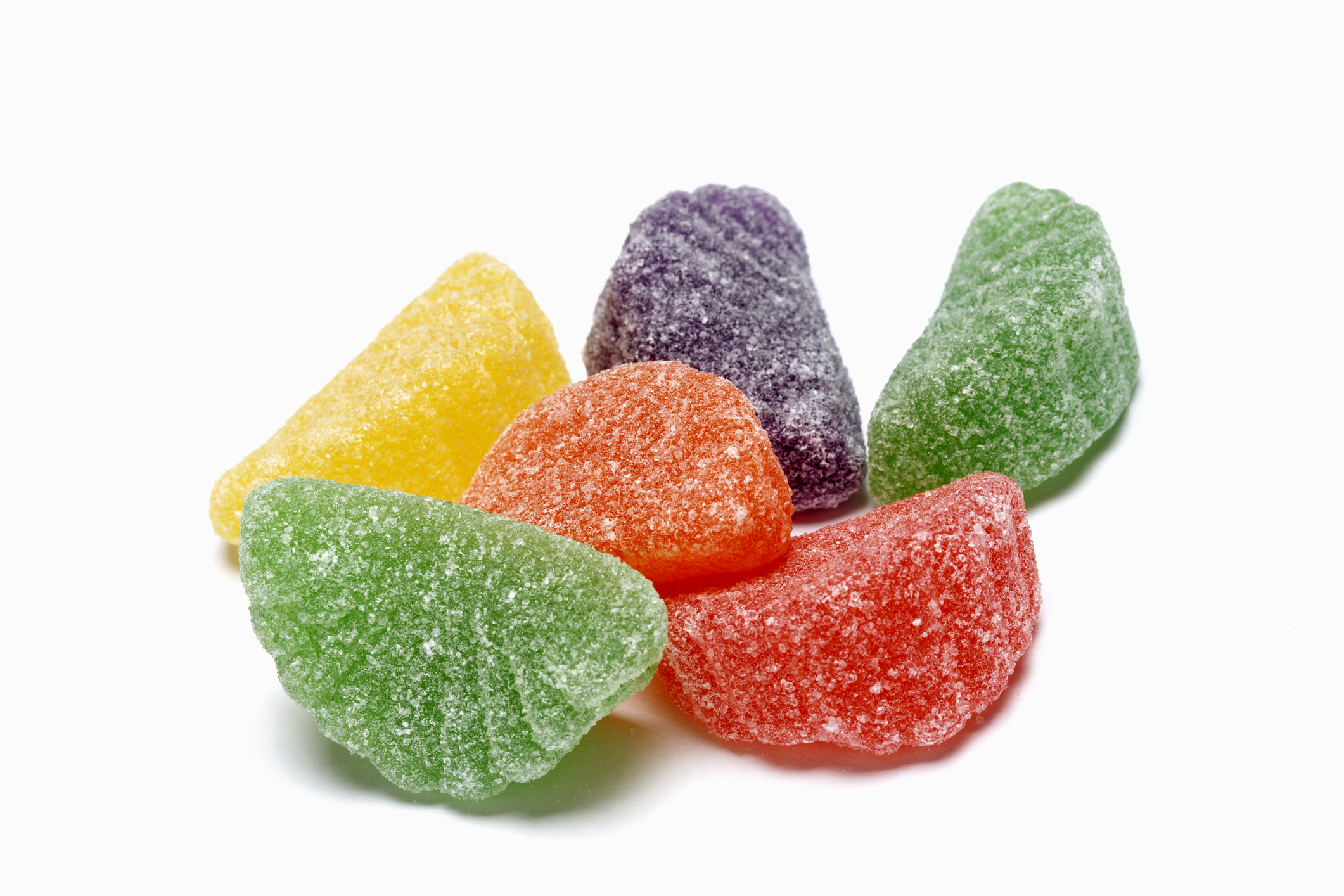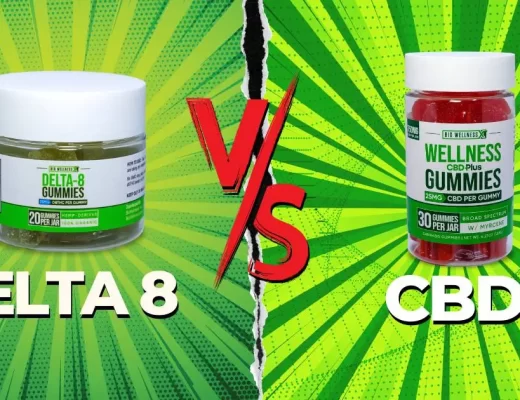In the ever-evolving landscape of cannabis research, the discovery of new cannabinoids continues to captivate both scientists and enthusiasts alike. Among these emerging compounds, THCP (Tetrahydrocannabiphorol) has recently garnered significant attention for its potential therapeutic properties and its intriguing relationship with other cannabinoids. Understanding how THCP interacts with its counterparts sheds light on the entourage effect, a phenomenon where the combined action of multiple cannabis compounds produces a stronger effect than any individual component alone. As researchers delve deeper into the potential of THCP, products like Exhale THC gummies are at the forefront, offering consumers a chance to explore the benefits of this unique cannabinoid in a convenient and enjoyable form.
Unveiling THCP: A Potent Player in the Cannabinoid Scene
THCP, a homologue of THC (Tetrahydrocannabinol), was first isolated in 2019. Unlike THC, which is widely known for its psychoactive effects, THCP exhibits a higher binding affinity to cannabinoid receptors, potentially making it more potent. This newfound potency raises questions about how THCP interacts with other cannabinoids, particularly in the context of the entourage effect.
The Entourage Effect: Symphony of Cannabis Compounds
Central to the entourage effect is the idea that cannabinoids, terpenes, and other compounds within the cannabis plant work synergistically to modulate its effects. This concept suggests that the combined action of these components produces a spectrum of effects that cannot be achieved by any single compound alone. THCP’s discovery adds a new dimension to this intricate interplay, prompting researchers to explore its role within the entourage.
THCP and THC: Similarities and Distinctions
While THCP shares structural similarities with THC, its pharmacological effects may differ due to variations in potency and receptor affinity. Understanding how THCP interacts with THC provides insights into the nuances of cannabis pharmacology and may offer clues about the mechanisms underlying the entourage effect.
Exploring THCP’s Relationship with CBD and Other Cannabinoids
Beyond THC, THCP’s interactions with other cannabinoids, such as CBD (Cannabidiol), CBC (Cannabichromene), and CBG (Cannabigerol), are of particular interest. Research suggests that these compounds may modulate THCP’s effects, influencing its therapeutic potential and the overall experience of cannabis consumption.
Implications for Medical and Recreational Cannabis Users
For medical cannabis users, understanding how THCP interacts with other cannabinoids is essential for tailoring treatment regimens to individual needs. Similarly, recreational users may find value in exploring the entourage effect to optimize their cannabis experiences. By harnessing the synergy of multiple cannabis compounds, individuals can potentially enhance therapeutic benefits while minimizing adverse effects.
The Road Ahead: Unraveling the Complexities of Cannabis Chemistry
As research on THCP and the entourage effect continues to evolve, the cannabis community eagerly anticipates further discoveries that will deepen our understanding of this fascinating plant. From unraveling the molecular mechanisms underlying cannabinoid interactions to exploring novel therapeutic applications, the journey ahead holds promise for unlocking the full potential of cannabis and its myriad compounds.






